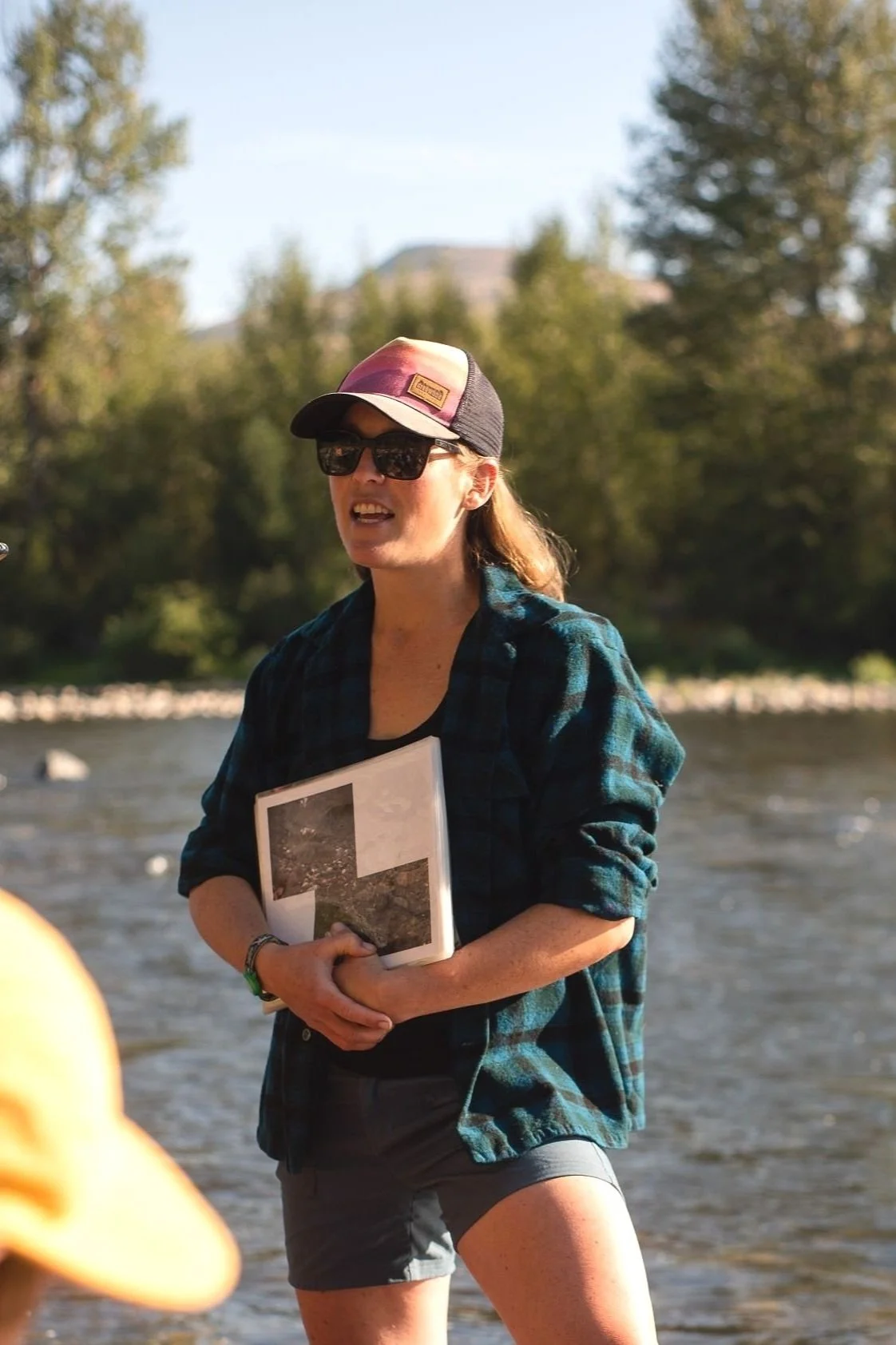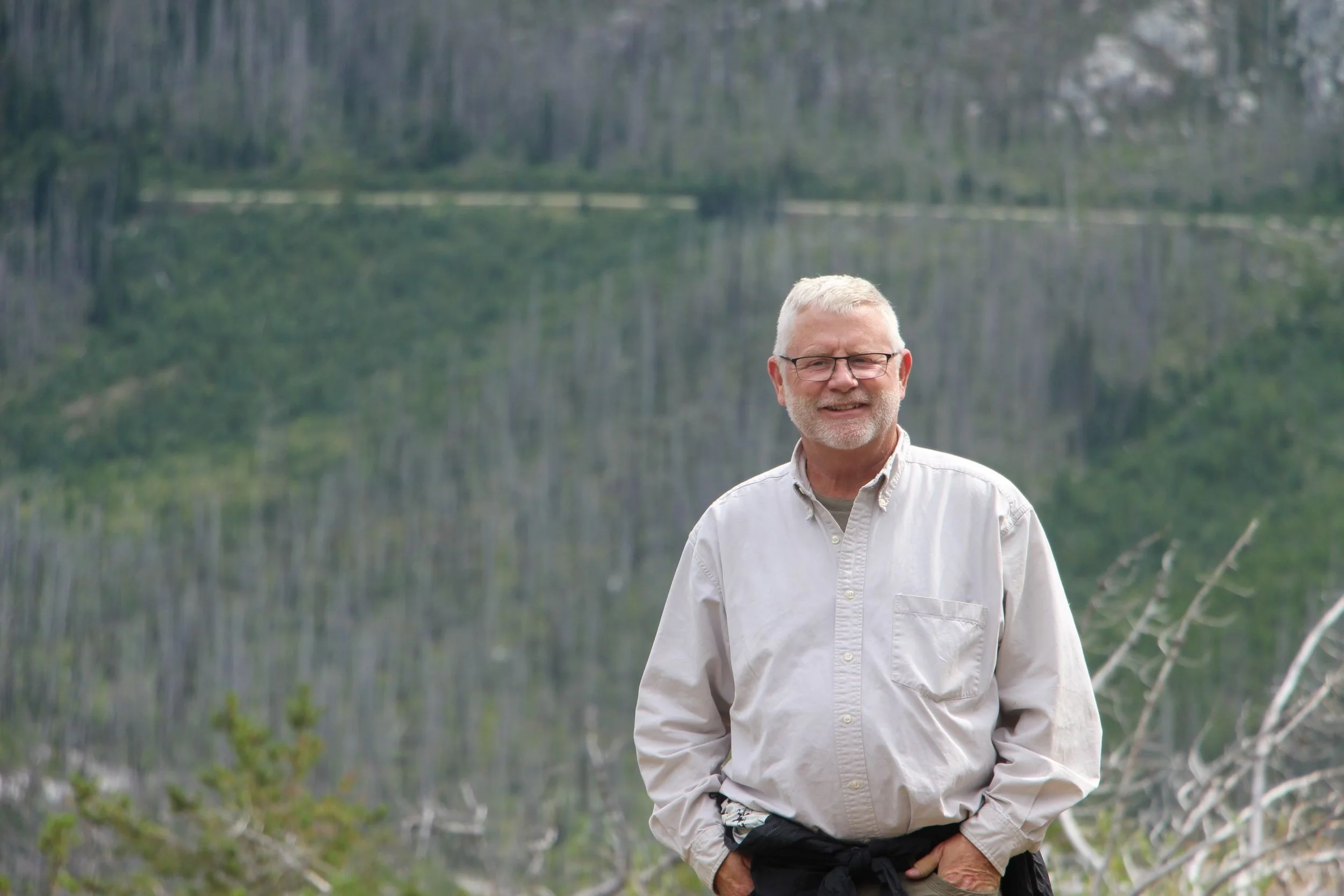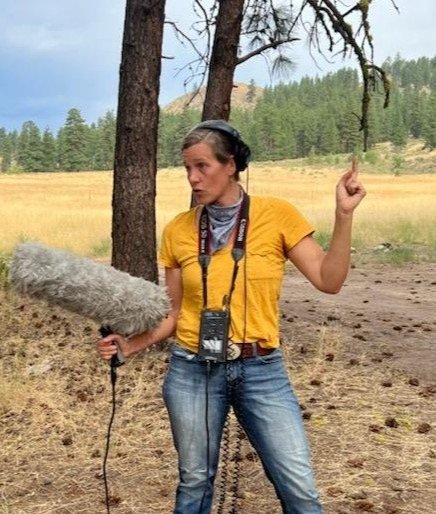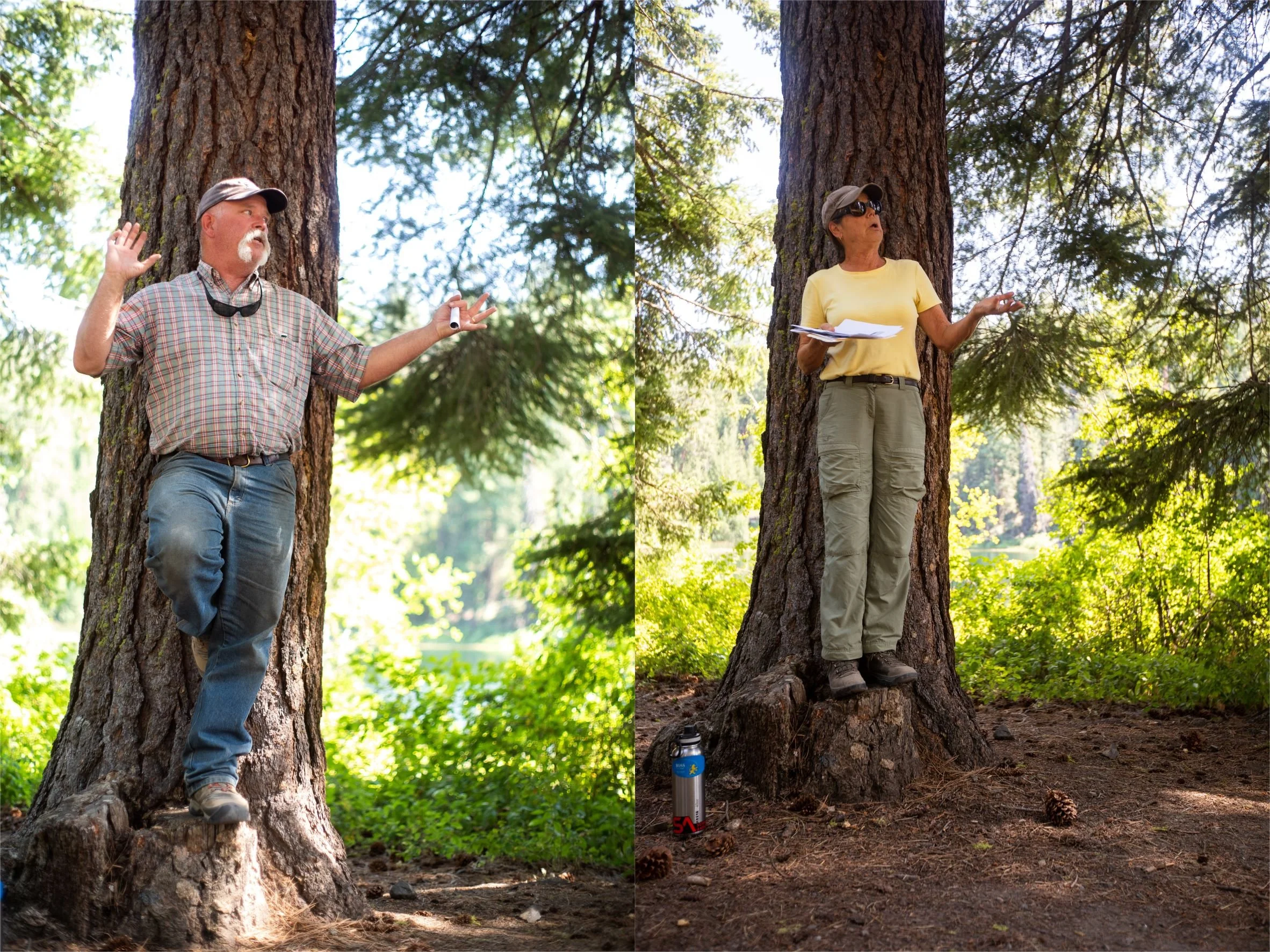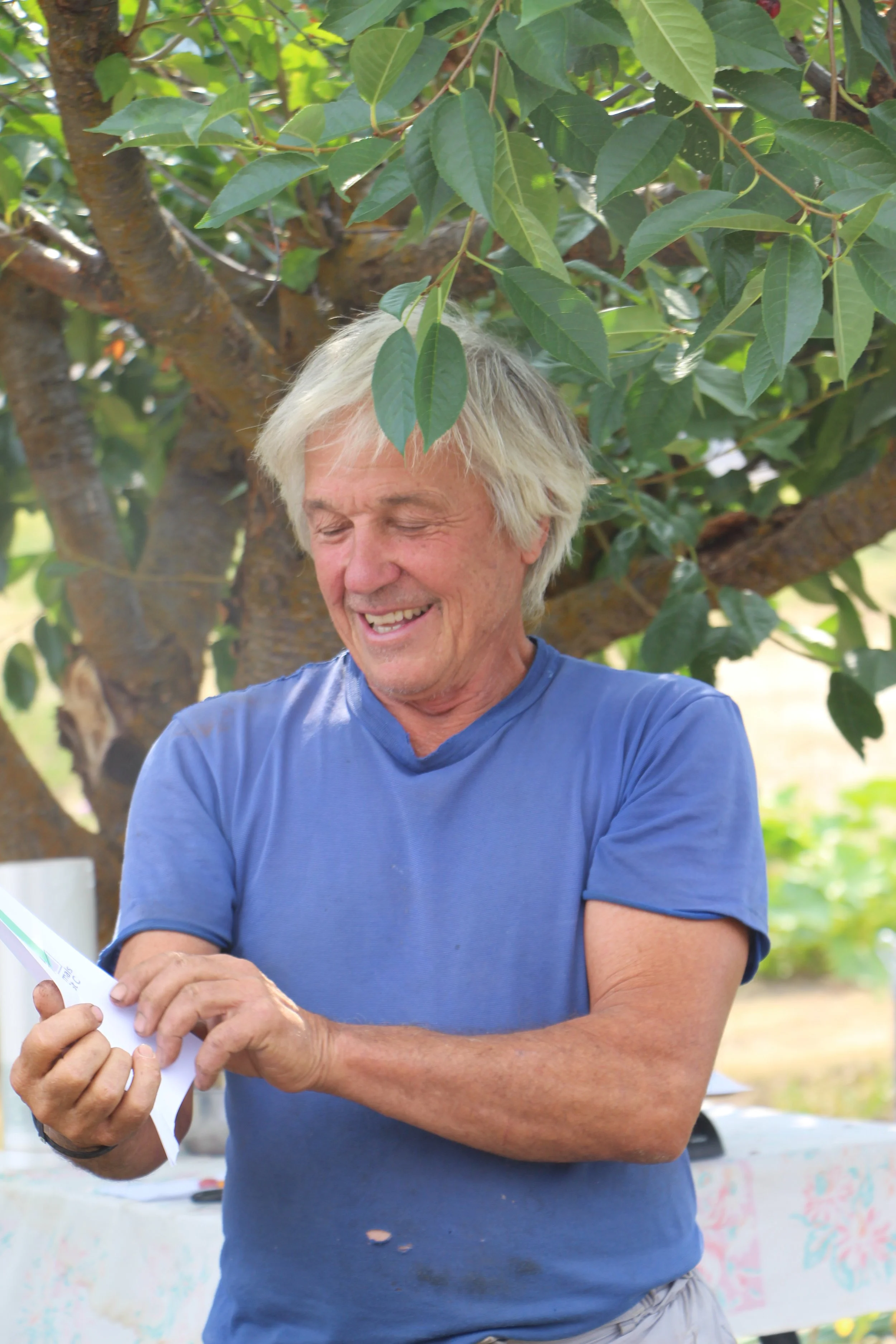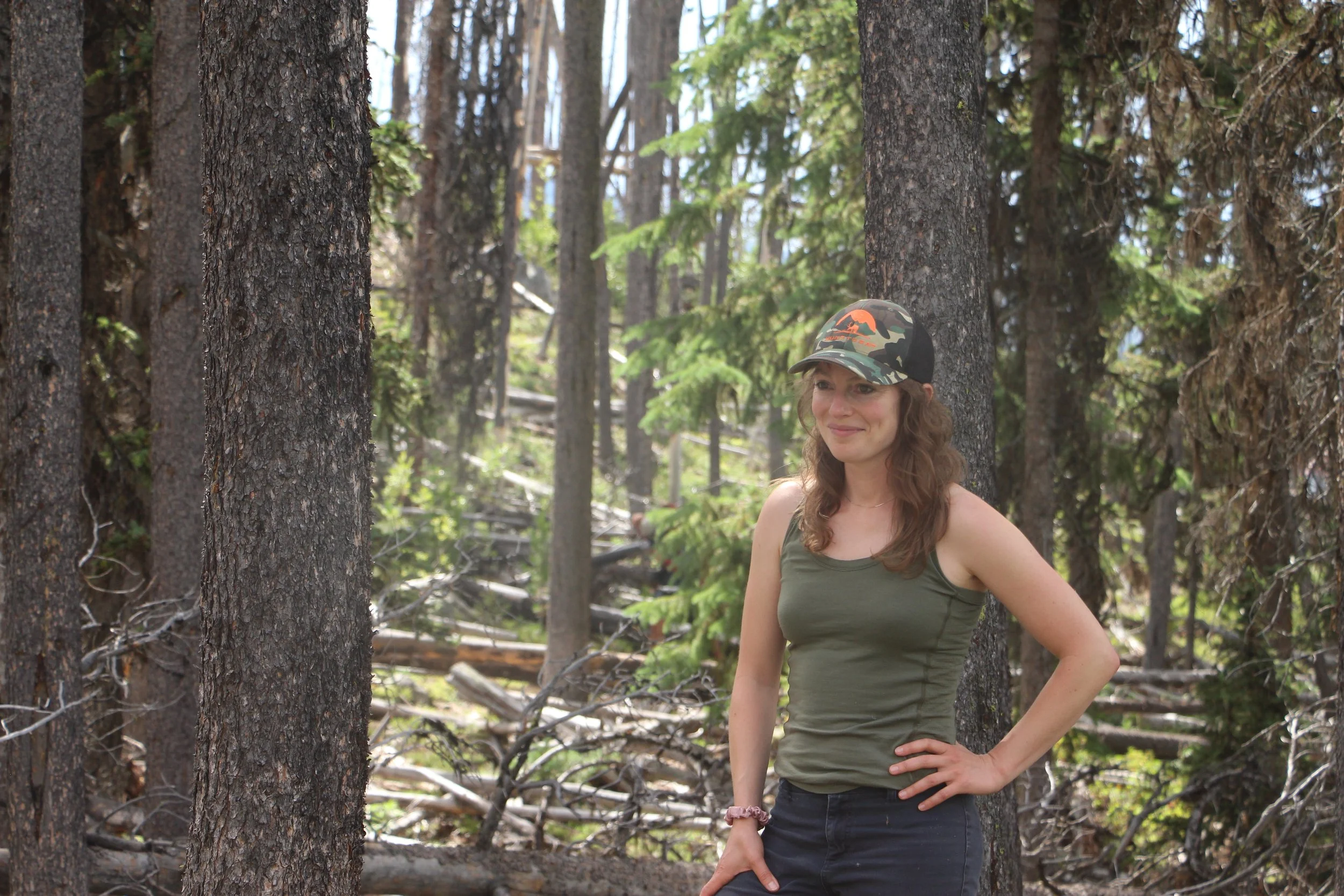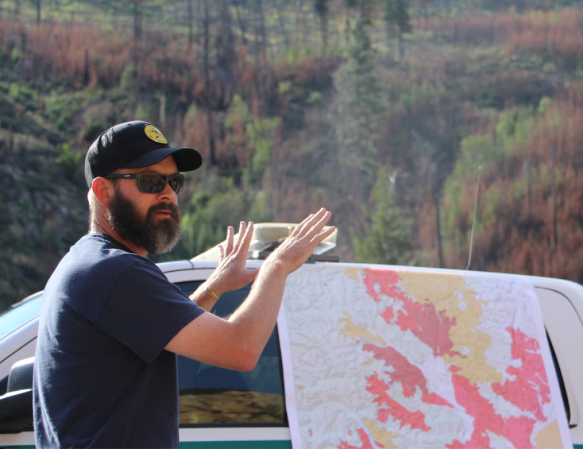Kristen Kirkby
Fisheries Biologist, Cascade Fisheries
Wenatchee, WA
8/29/22
Salmon populations in the Methow Valley are struggling. Swimming over 500 miles on their journey to the Pacific Ocean, juvenile salmon have to cross 9 perilous dams that drastically reduce their numbers. As adults, they have to swim all the way back upstream, again past 9 dams, before they reach their natal streams to spawn. We met with Kristen Kirkby to discuss the current situation of Methow Valley salmon, as well as what is being done to help them.
Kristen works as a Fisheries Biologist for Cascade Fisheries, a nonprofit organization working to restore native fish habitat in the upper Columbia Basin through enhancement, education, and community engagement. A Whitman graduate and 2004 Westie who majored in Environmental Studies and Biology, Kristen has over a decade of field experience with salmon.
On the banks of the Methow River, Westies learned from Kristen about a restoration project recently carried out by Cascade Fisheries. After learning about this project, and about the decline of salmon throughout the Columbia Basin, Westies got the chance to don wetsuits and snorkel the Methow River to observe fish. Although we saw many, they were a slim fraction of the abundance that once was. Kristen is working to help recover salmon populations through river restoration, education, and outreach.
By Henry Roller

